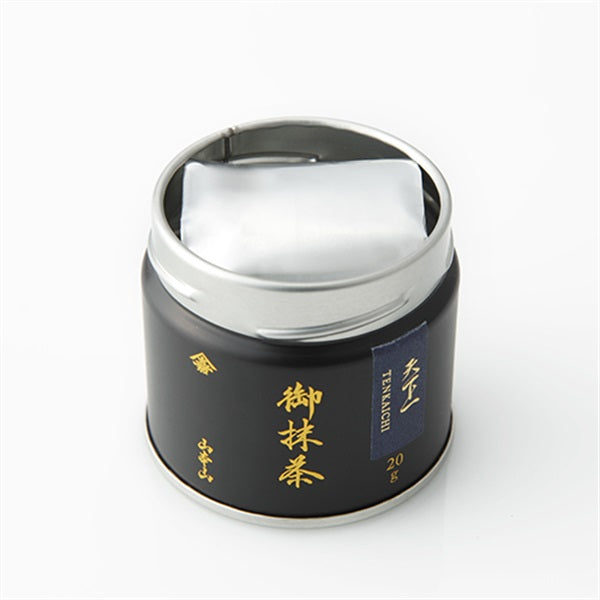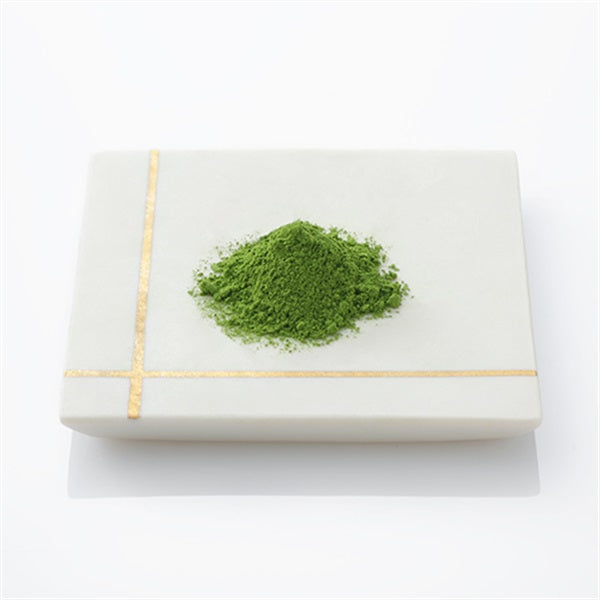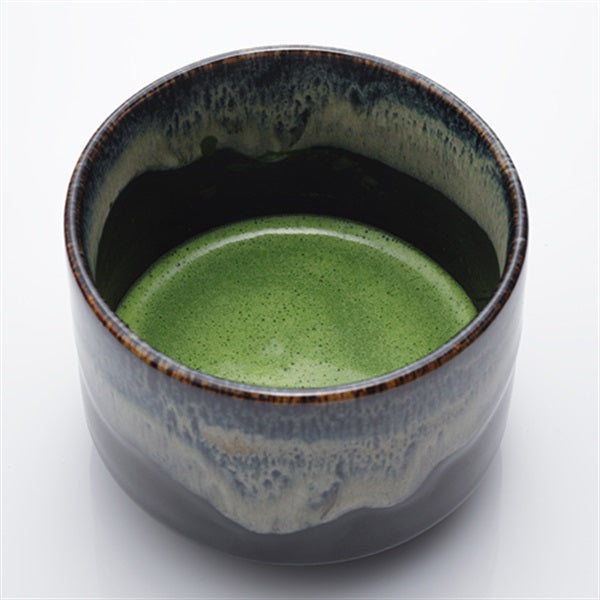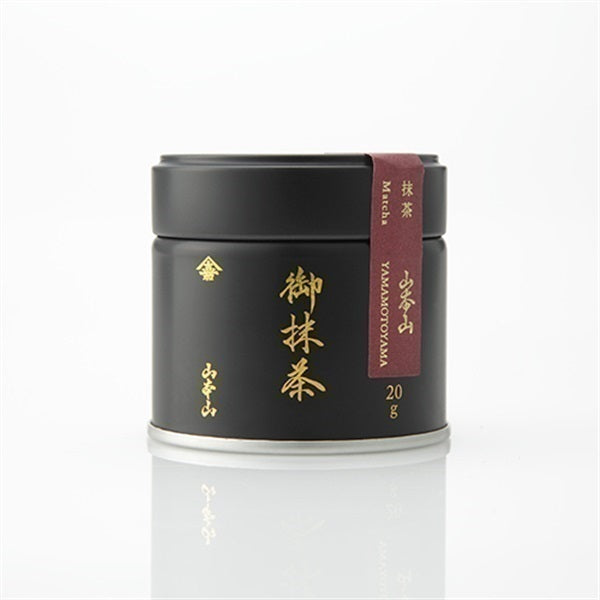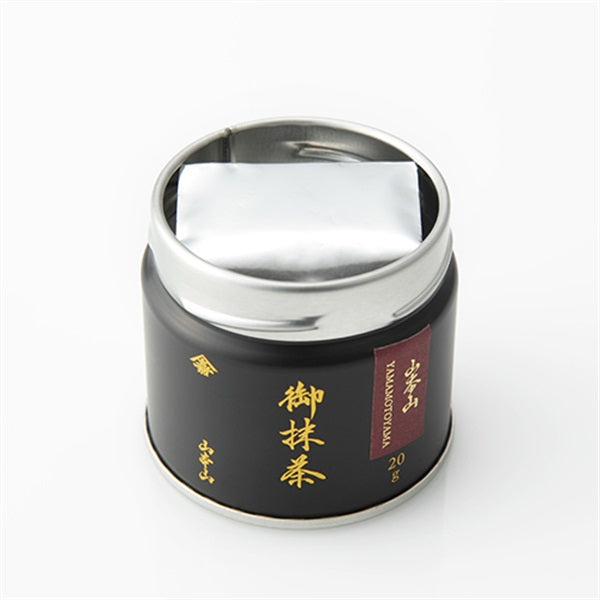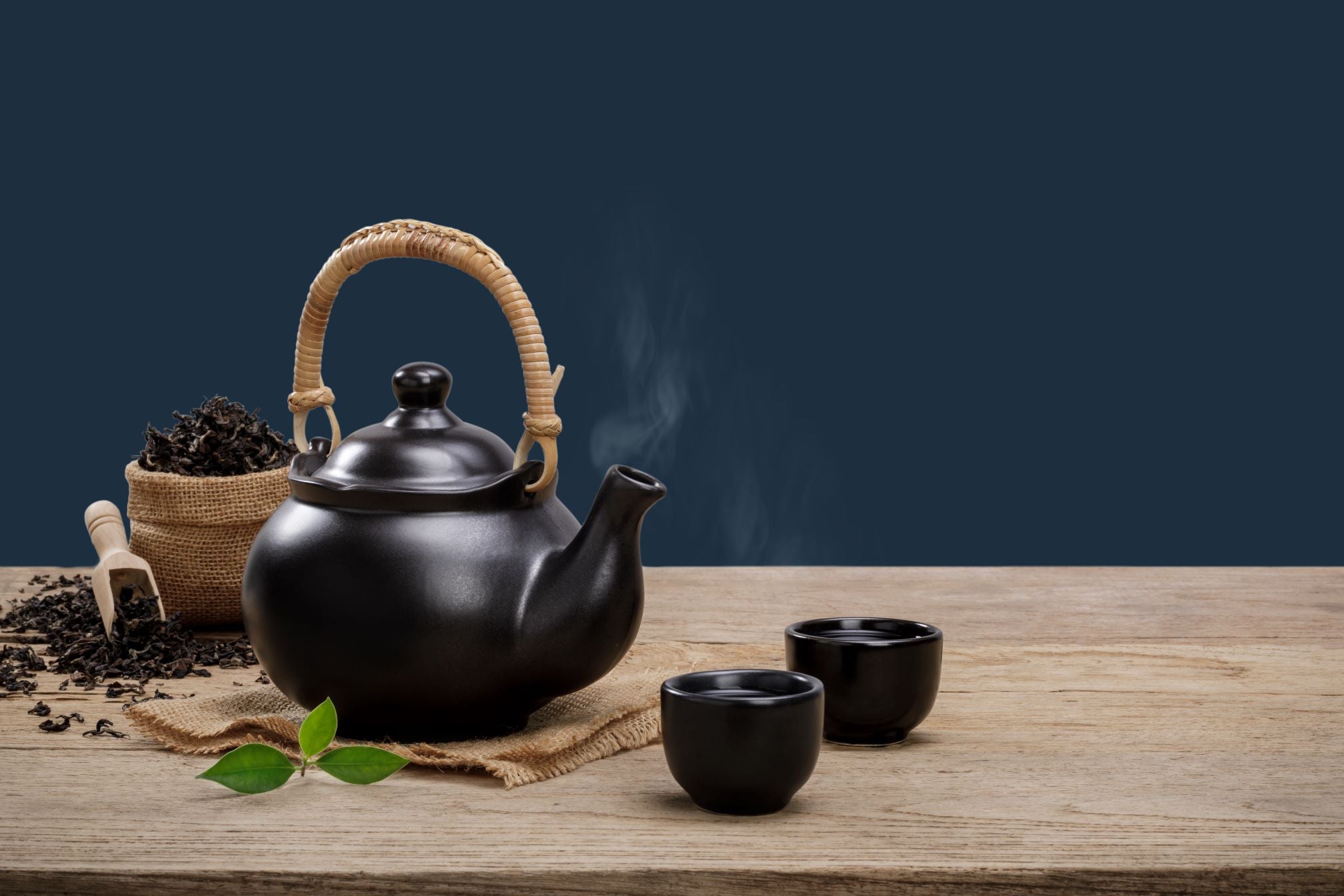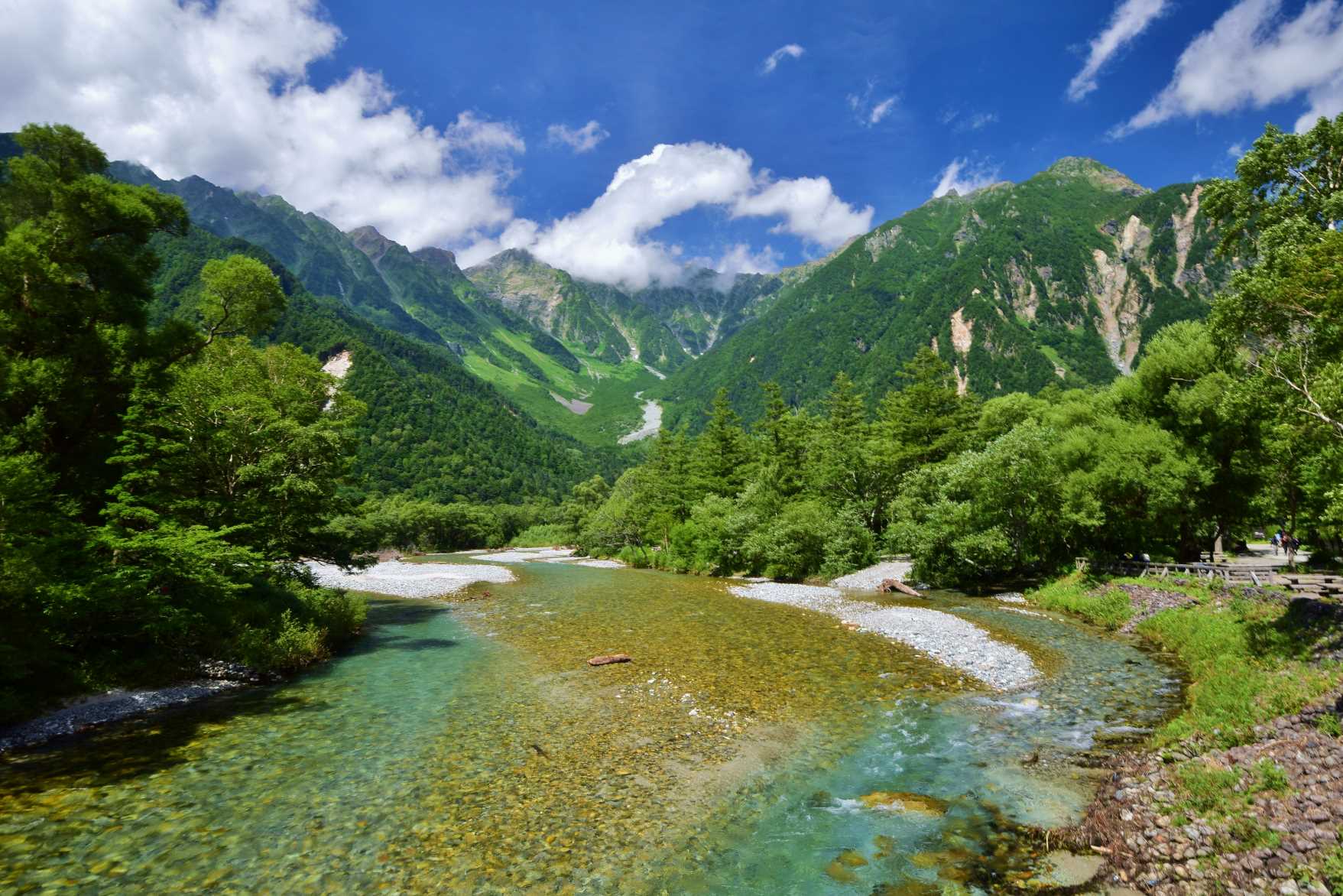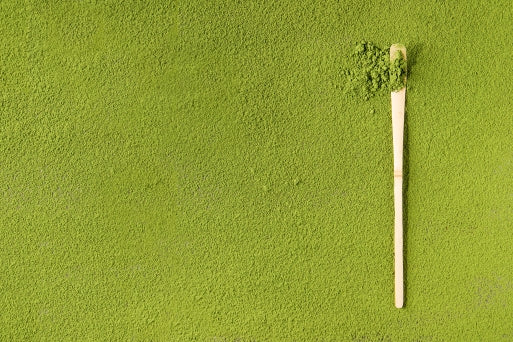
Learn everything about matcha! A thorough explanation of its history, production methods, and even the secrets behind the many matcha sweets available on the market.
Introduction
Matcha is a type of green tea made by grinding tea leaves into a fine powder using a stone mill.
While regular green tea is made by boiling the tea leaves before drinking, matcha is unique in that you can consume the whole tea leaf.
It is attracting a lot of attention these days, especially in light of the recent health boom, because it allows you to absorb all the nutrients without leaving anything behind, including catechins and theanine, as well as water-insoluble B-carotene, vitamin E, and dietary fiber.

How Matcha is Made
This matcha is made by grinding tencha tea in a stone mill.
First, the picked tea leaves are steamed, just like Sencha and Gyokuro, but then they are dried instead of rolled. A machine called a Sanchaki blows air into the leaves to prevent them from sticking together, lifting them high into the air and cooling them repeatedly.
Finally, it is dried in a tencha furnace and then ground in a stone mill into fine particles of 1 to 20 μm.
The cultivation method for tencha is similar to that for gyokuro, but the tea is covered for about five days longer, resulting in a more concentrated flavor.

The History of Matcha
Initially, matcha spread mainly among Zen temples and samurai society. Thanks to the efforts of Sen no Rikyu and others, the tea ceremony of preparing and serving matcha, called chanoyu, was established in the mid-Muromachi period, and by the Edo period it had spread widely among the common people.

Actually, there are many different matcha flavors
When matcha is dissolved in hot water, the surface area of the tea leaves increases, releasing a rich aroma and allowing you to enjoy a mellow flavor.
The flavor of matcha varies depending on the time of harvest and the manufacturing method.
Generally, matcha made from ground tencha harvested in November is characterized by its mellow taste and aroma.
However, in recent years, matcha tea with a refreshing aroma, made by grinding the first tea leaves in May, has also become popular.

Matcha is becoming more and more popular around the world
Matcha is now gaining popularity all over the world and is also attracting attention as a health food.
Japan's green tea exports have grown dramatically over the past decade, reaching a record high of 21.9 billion yen in fiscal 2023.
The driving force behind these exports is powdered green tea, mainly matcha, which grew to account for approximately 60% of total green tea exports by 2023.

Even in Japan, many sweets using matcha have appeared and are deeply rooted in our lives.
However, did you know that behind this matcha boom, much of the matcha we consume on a daily basis is different from real matcha made using traditional methods? 
The secret behind the matcha sweets that are all over the place
Original matcha is made by carefully steaming and drying tea leaves and then grinding them thoroughly in a stone mill.
It is made using tea leaves grown in shade and is painstakingly produced, resulting in high quality and rich flavor.
However, the annual production of matcha made using this traditional method is only about 1,300 tons, which is only about one-third of the total.
On the other hand, most of the annual production of matcha, said to be around 4,000 tons*, is "processed matcha," made by roughly crushing the tea leaves using a grinder.

This processed matcha is made from tea leaves that are not grown in areas that are shaded from sunlight.
In most cases, the raw materials used are "moga," which is a substitute for "tencha," the raw material for matcha, or "akiten," which is made from bancha tea produced in September and October, and the quality and flavor are significantly different from traditional matcha.
Processed matcha is widely used in foods such as matcha ice cream and matcha cookies.
These products are familiar to us all because they can be mass-produced cheaply.

However, it is important to understand that the flavor and nutritional value are different from that of original matcha.
If you want to taste the real flavor of matcha, we recommend choosing high-quality matcha sold at specialty stores.
*Reference: National Tea Producers Association "Reiwa 5 Tea Production Results by Type"
Comparison of matcha and processed matcha
| - | Drinking Matcha | Matcha for processing |
| material | First and second flush tea grown for matcha | Tea leaves harvested in autumn in general tea fields other than those mentioned above |
| Manufacturing method | Dry and stone-ground | Dry and put into a grinder |
| grain | Irregularity (1-100μm) | Almost uniform (1-20μm) |
| color | Bright green | Dull green |
| scent | Complex, sweet and profound | Simple and shallow |
| When made into a drink | It has a strong umami and sweet taste and is easy on the palate. | If you mix it with just hot water, it has a strong astringent taste, and if you don't mix it with sugar or milk, it's very difficult to drink. |




